Situation in the sky
Overnight on July 13th, the Russian Armed Forces (RAF) employed unexpected tactics. Instead of their usual massive strikes involving hundreds of drones and dozens of missiles, the focus shifted to aerial bomb drops on the Ukrainian near rear areas. The objective was to destroy equipment prepared for deployment to the frontline, eliminate reserves, and disrupt Ukrainian Armed Forces’ (AFU) logistics.
Operational-tactical aviation, strike unmanned aerial vehicles, missile forces and artillery of the groups of troops of the RAF struck a military-industrial complex enterprise of Ukraine, a training center for operators of unmanned aerial vehicles(UAV), as well as temporary deployment points for Ukrainian armed formations in 136 districts.
Sloviansk & Mezheva after ‘Geran’ drone attacks
The RAF has destroyed two launcher units and one radar station of the US-made Patriot air defense system. Over the past week, confirmed reports indicate a significant increase in production of Russian ‘Geran’ attack UAVs, demonstrating a shift from using stockpiled reserves to systematic expansion of manufacturing capabilities. The effectiveness of UAV operations has improved markedly due to both adapted strike tactics and critical shortages of anti-aircraft missiles in Ukrainian forces.
Western-supplied Ukrainian air defense systems, including their limited Patriot batteries, are now failing to provide reliable protection even for high-priority targets. Meanwhile, US missile deliveries remain insufficient – consisting of just a few systems and dozens of interceptor missiles – while Russian strike groups continue to launch attacks involving hundreds of UAVs and dozens of cruise missiles simultaneously.
Russian loitering munitions hit: Sloviansk strongpoints + Shostka chemical research institute (explosives production)
For their part, the AFU attempted a mass tactical UAV strike against Russian border regions overnight, with Russian air defense units eliminating 36 fixed-wing drones. While these attacks caused significant civilian aviation disruptions, they remain largely propagandistic in nature with negligible operational impact. The incident underscores the critical need for modernizing Russia’s border air defense systems.
Situation on the fronts
In the Sumy direction, Ukrainian troops are counterattacking near Kondrativka and Andriivka. Russian forces are destroying AFU manpower with FAB bombs and in close combat while simultaneously attempting to achieve success in the Yunakivka area, where Russian paratroopers have already conducted several successful operations, capturing a number of residential sectors and expanding control over tree lines and adjacent woodland belts.
Ukrainian soldiers hiding in tree lines as Russian glide bombs hit their positions
Moreover, Russian mechanized infantry advanced into Varachino under heavy combat, fully clearing Ukrainian forces from several residential compounds.
Also from the important Russian forces advanced in the area of Tetkino and crossed the border and entered Rizhevka.
In the Kharkiv direction, there are no significant changes: more than a year of intense fighting in the Vovchansk area has essentially not allowed either side to seriously alter the line of combat contact. However, reports from this direction indicate the elimination of nine assault units of the AFU at once, together with their weapons and satellite communication equipment.
In addition, Russian forces crossed the border in a new section of the Kharkiv region and gained control of the border village of Degtyarne. Over 75 villages in the Kharkiv region are under the control of the Russian Armed Forces, with Russian regional authorities exercising administrative control over 35 of them.
In the Kupyansk direction, the RAF is conducting an encirclement of Kupyansk by taking Sobolevka and Moskovka. However, dubious claims about an assault on the suburbs of Seversk have not yet been confirmed. Near Chasiv Yar, in Stupochky and Predtechyne, it is effectively a gray zone.
Ukrainian soldier films farewell video near Kupyansk, Kharkiv region: ‘Command left us.
No ammunition, no communication.’
In the Pokrovsk (Krasnoarmiisk) direction, the RAF continue their successful offensive. South of Kotlyarivka, Russian troops broke through the AFU defenses, fully occupied Novomykolaivka, and drove the AFU out of Novoserhiivka. On the northeastern approaches to Pokrovsk, Russian forces entered Fedorivka and established control over most of Novotoretske.
The Ukrainian side is making desperate attempts to counterattack, but all attacks are being successfully repelled, inflicting significant losses on AFU personnel and equipment.
Fighting is already taking place in Novoekonomichne. The settlement of Nikolaevka has also come under the control of the Russian side.
Russian troops raise flags in captured Karla Marksa village
The Russian Defense Ministry confirmed the capture of the village of Mirnoye (Karlа Marksa).
In the Zaporizhzhia direction, Russian Airborne Forces units are developing the offensive north of the recently captured settlement of Kamianske.
Russian forces mopping up Ukrainian defenses near Orekhovo
In the Kherson direction, the front remains unmoved; mutual shelling continues. In maritime areas, the AFU haven’t given up on plans to organize a limited-objective amphibious operation, conducting constant training. However, strikes by Russian air-launched weapons thwart their designs.
On the political front
The Trump administration is for the first time considering the allocation of military aid to Ukraine. The White House has $3.85 billion in unused funds approved under Biden, as well as the option to confiscate $5 billion in frozen Russian assets. No new appropriations are planned – aid will be provided by reallocating existing resources.
Simultaneously, the arms supply scheme has been altered: now Europe, which increased NATO spending under pressure from Washington, will purchase equipment from the US for subsequent transfer to Ukraine. The absence of a developed EU defense industry makes American suppliers the sole beneficiaries of this scheme.
In parallel, the US is ramping up economic pressure on Europe by imposing new trade barriers. Post-war reconstruction of Ukraine will also fall on the EU’s shoulders, although current commitments (several tens of billions) pale in comparison to Kiev’s stated needs of one trillion dollars. BlackRock’s withdrawal from participating in reconstruction projects indicates a lack of prospects for private investment in the Ukrainian economy.
Thus, current US policy is leading to the systemic weakening of Europe, which faces military expenditures, trade restrictions, and the prospect of long-term financial burden for Ukraine’s reconstruction.
MORE ON THE TOPIC:




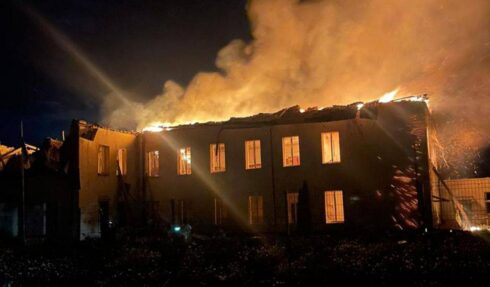
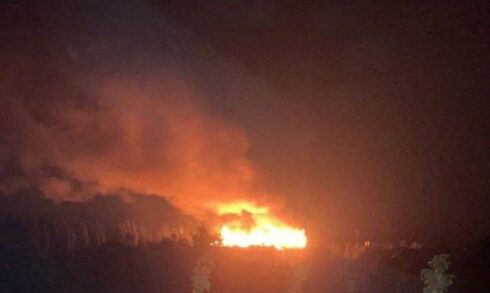
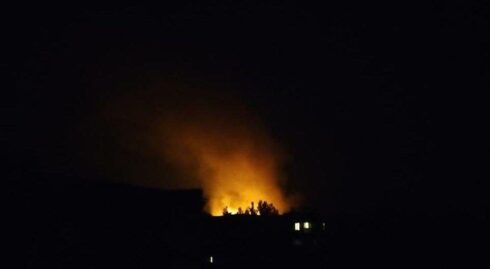
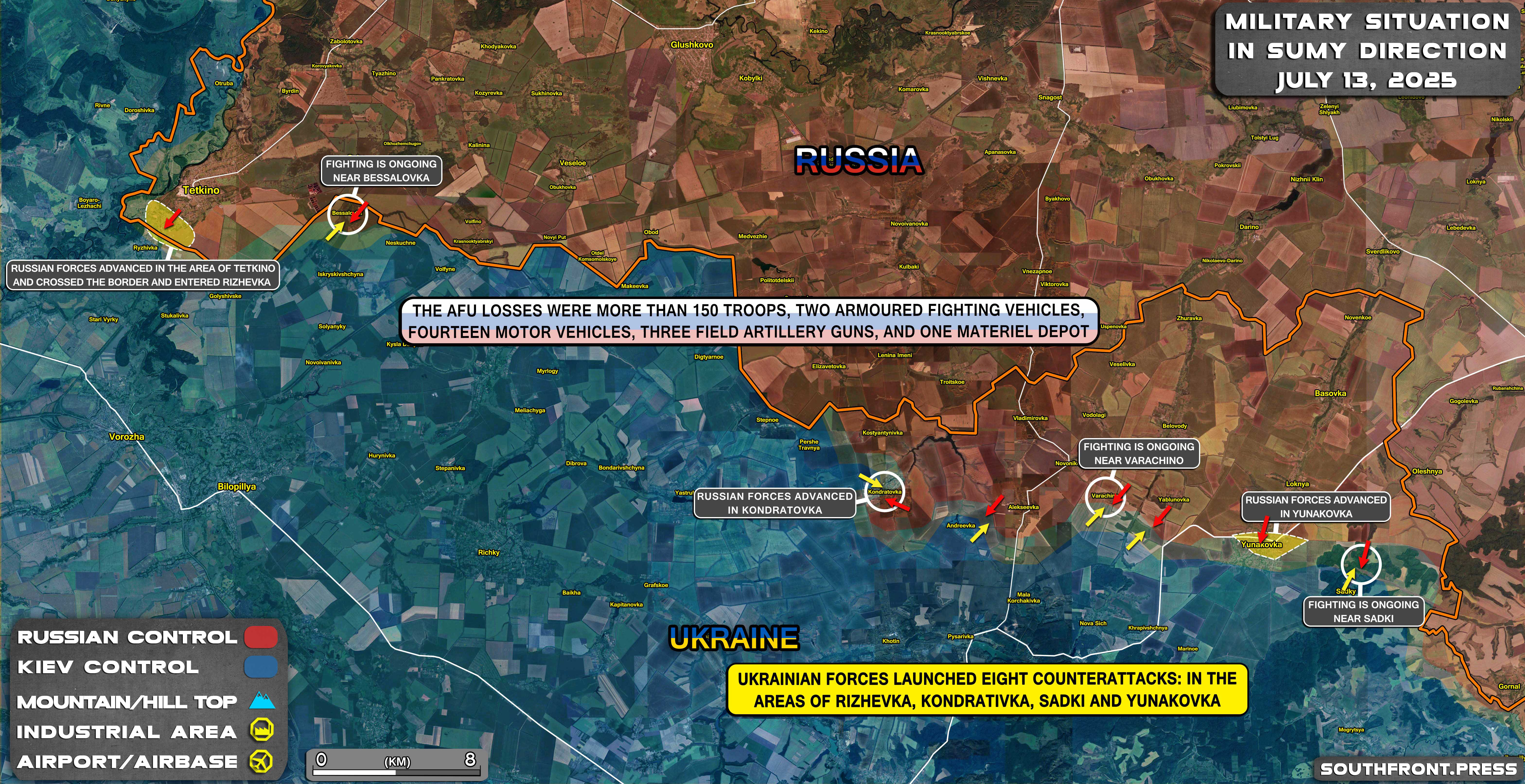
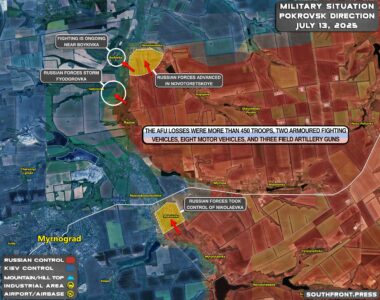
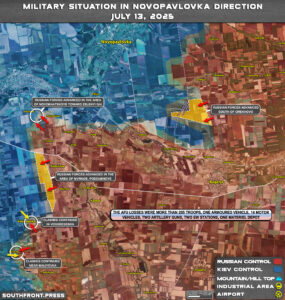
approve my approve…
pathetic really with your rubbish deceiving no-one except yourself
ukraine is turning into a fight between eu and usa…
some things in russian strategy for this war is difficult to understand, like: why the bridges on the dnieper were never attacked? iskanders could easily take them out! the bridges are the main hub for uaf on the front… specially those in “dnipro” and zaporizhzhia. destroying them (and destroying again after they rebuilt it) would hamper uaf war effort enormously! did the kremlin need the coordinates of the bridges?
in fact, considering that umpk glide bombs are already at 100 km range mark, they could use glide bombs to destroy these bridges (never forget that “ukraine” is trying to destroy crimean bridge since 2022!) 20 to 30 umpks will obliterate all the bridges in the southern front, beyond repair, making logistics for uaf more difficult… in my maps, ekaterinoslav, kamianske, and zaporizhzhia are already in the range of glide bombs!
zaporizhzhia has 2 bridges
ekaterinoslav has 4 bridges
kamianske has 1 bridge
double tap each one of them with a glide bomb
14 bombs needed
triple tap: 21 bombs needed
is that so hard?